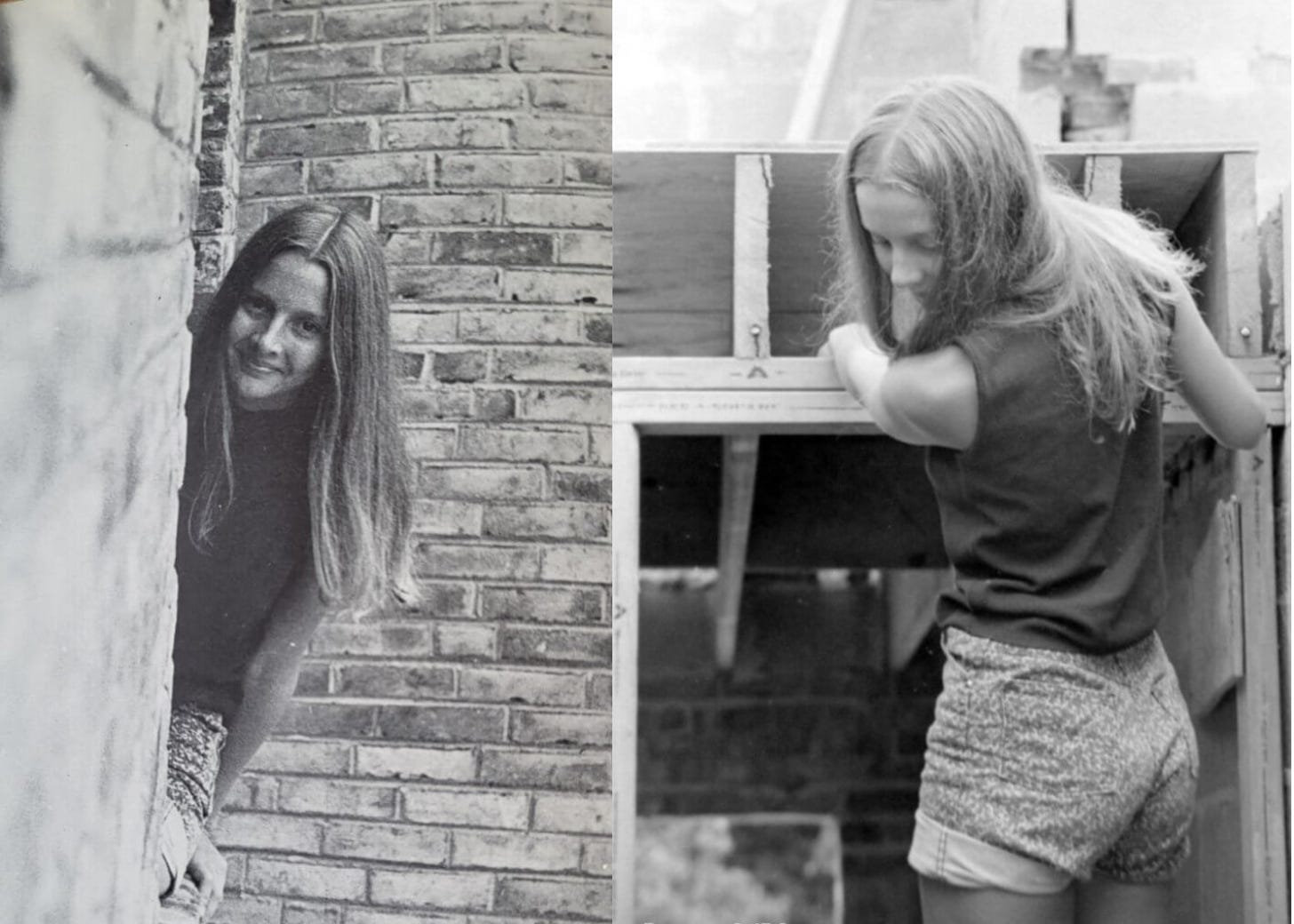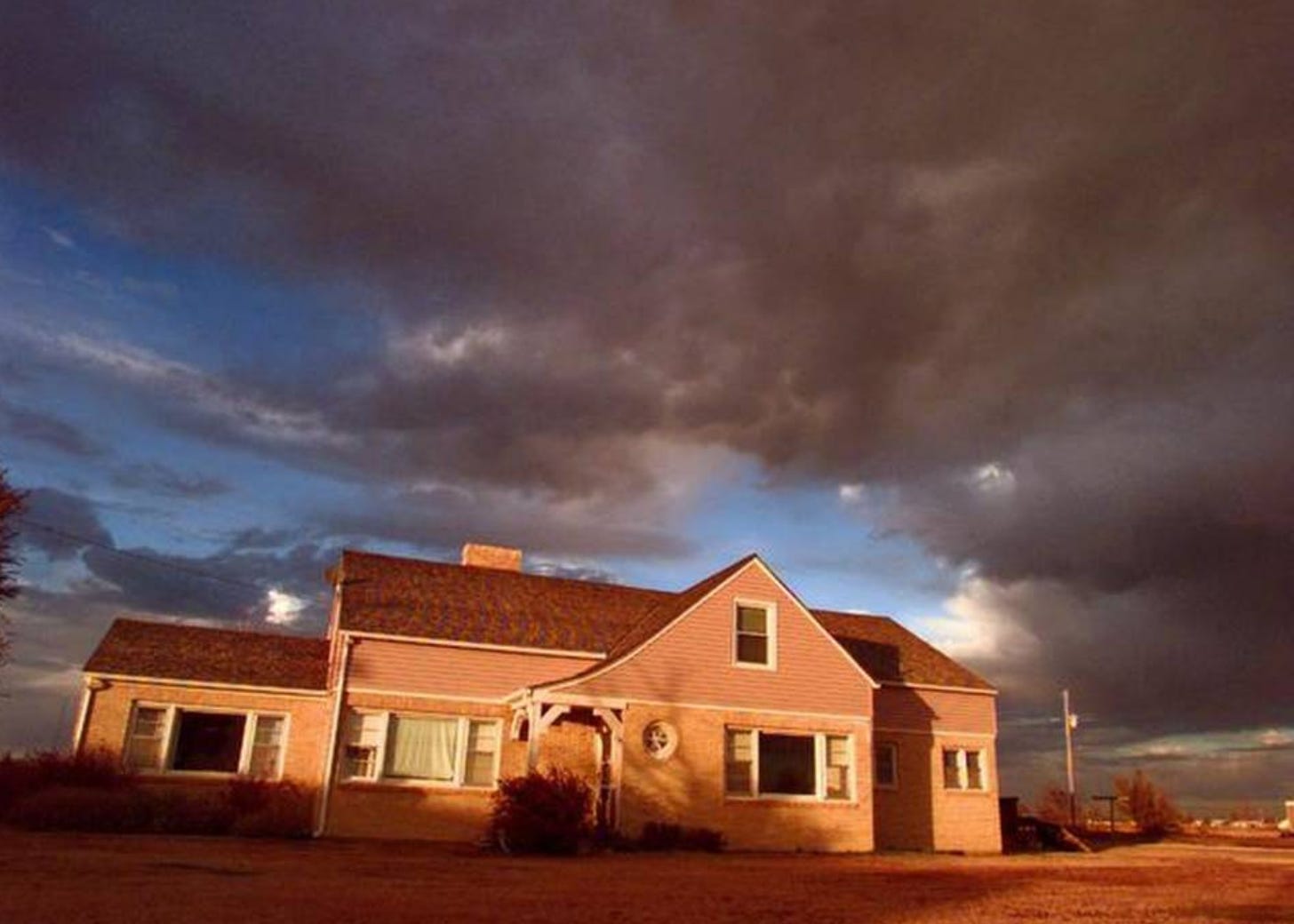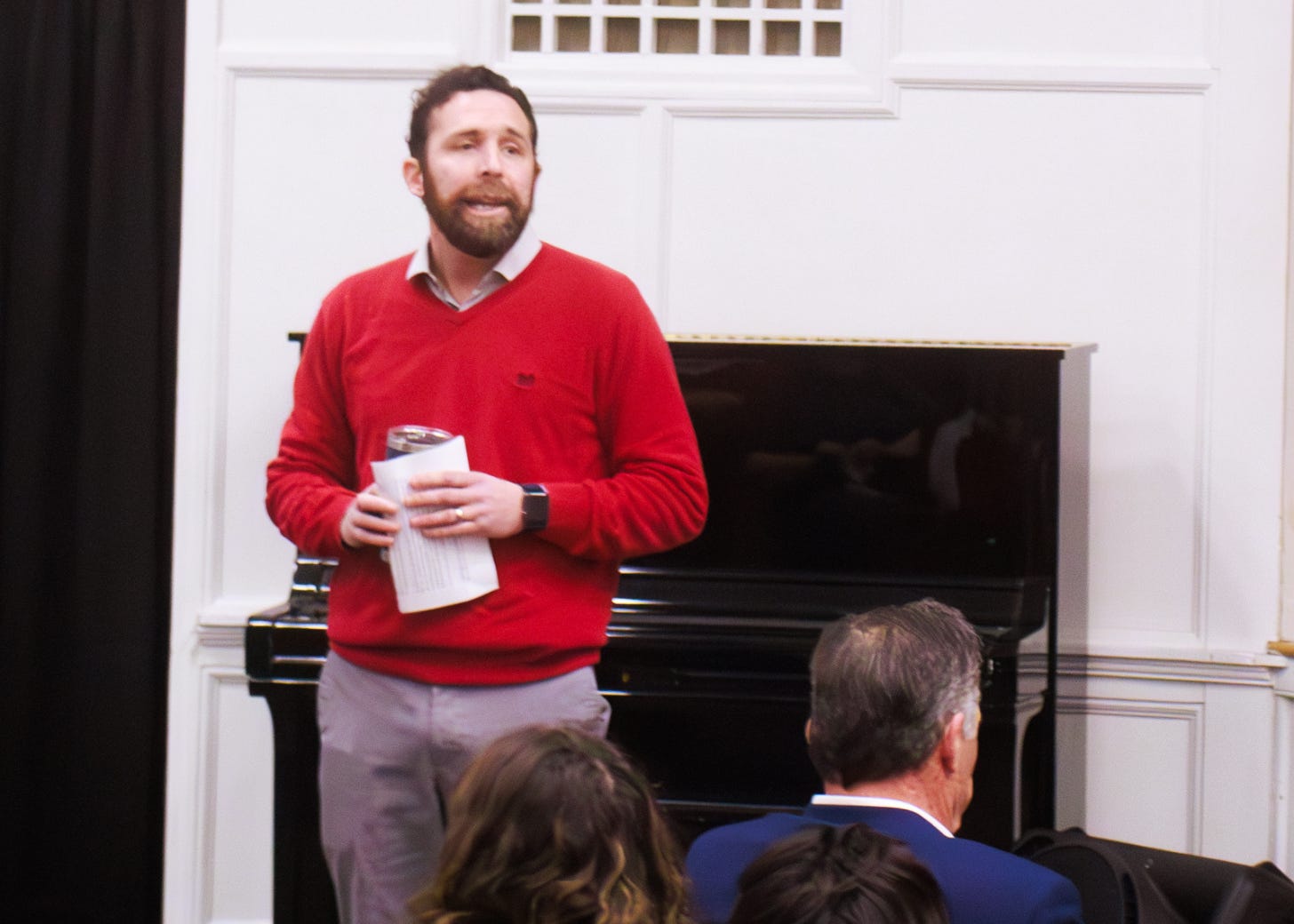Lessons from a True Crime Classroom
What teaching True Crime taught me about learning and belonging
By Brian Santana
When I completed my PhD in 19th-century literature and culture, I never imagined that one day my most in-demand class would be titled Writing True Crime. Yet, 13 years after graduation, I became the true crime professor at my small liberal arts college in Appalachia. To be fair, there isn’t exactly stiff competition, and it’s a distinction that invites as many skeptical smirks as it does genuine curiosity from some of my peers in academia. Still, the experience of teaching true crime has transformed the way I relate to the genre and how I think about learning and belonging.
My true crime seminar started as a way to connect with students and teach them how to tell research-based stories. Most colleges require some variation of a “scope and methods” class that trains students to use archives and evaluate primary and secondary sources. I took similar courses when I was a student, and my inability to recall details about them is likely the same reason my earliest students probably don’t remember those I taught: they transformed dynamic research processes into something akin to learning “where” to find information and “how” to manage it.
Two different events inspired me to rethink my approach, ultimately leading to the development of the true crime course.
First, I noticed that my students would spend time before class discussing the latest episode of their favorite true crime podcast or the most recent Netflix true crime docuseries. Around the same period, I was devoting more time to researching the 1973 murder of Virginia Olson, who was brutally slain on the campus of my alma mater, the University of North Carolina at Asheville. This research would ultimately become my book A Murder on Campus: The Professor, The Cop, and North Carolina’s Most Notorious Cold Case, which I wrote with my brother Cameron.

When students stopped by my office during those years, they saw piles of old news clippings, police manuals, and folders tabled with titles such as “SBI Notes, Olson Murder Investigation, 1974-75.”
These materials proved to be unintended icebreakers, leading to questions about what I was working on. I would give students a brief overview of the research, and they would tell me about their interest in true crime. When these exchanges filtered back to their peers, the daily “true crime conversations” that organically occurred before class entered the classroom.
My passion for the Olson case seemed to legitimize my students’ deep fascination with true crime, and this consistent interest led me to propose my Writing About True Crime research seminar. I argued that a true crime class allowed me to delve into a wider array of sources than a traditional English Department research seminar: from newspaper archives to scholarly journals to census data to crime statistics to geological surveys to legal research to Freedom of Information Act record requests to conducting interviews, there was no denying the rigor necessary to do true crime well or the possibilities. Each student would choose a single case and spend four months researching and writing a long-form article as their final seminar essay.

I also required students to read and critically reflect on works by major authors within the genre, from Truman Capote to Margaret Anne Barnes to Ann Rule and others. Outside readings allowed them to consider the ethical challenges and choices true crime writers make, and their own work provided an avenue to translate their emerging values into intentional research and writing choices.
On the First Day, It Was Clear Students Associated True Crime with Belonging
On the first day of class, students write about their past experiences with the genre and share their reflections with their peers. What consistently surprises me is how many people associate true crime stories with family, nostalgia, and belonging. One student wrote the following:
Some of my earliest memories are playing in the dining room or watching my mother at the sewing station she had back then, all while my mother’s “murder shows” were playing in the background.
Another student described a similar experience:
My earliest memory of consuming any true crime is watching those cheesy Oxygen channel shows like Snapped that surround marital homicide with my mother. I remember sharing a big bowl of stove-top popcorn and listening to her mumble about how she can’t blame the wife who chopped off her husband’s penis. I didn’t have as strong of an opinion, but I was sucked in.
Some of these trips down memory lane were poignant:
I’ve always had difficulty talking with the people in my family. My parents had a habit of settling into the living room after quiet family meals at the dinner table and turning on an episode of Dateline. It never occurred to me that popular television shows such as Dateline, 20/20, and Unsolved Mysteries were a part of the true crime genre…My dad and I had drifted apart when I was growing up, but this would always be something he and I would have in common. If I ever felt disconnected from him, I would ask if he’d seen some new crime documentary on Netflix. If he said no, we would plan an evening to share a meal and watch it together.
I’ve often heard Jayson Blair, of The Silver Linings Handbook Podcast, say that true crime stories are human stories, and I would only add that teaching true crime has offered me a privileged vantage point to see my student’s complicated backgrounds and personal histories.
True Crime Helped My Students Reflect On Themselves
There is something about researching a case and talking with a victim’s relatives that inspires a degree of sobering self-reflection and candor from students that I don’t see in my other classes.
There was the student who came to my office hours to share a touching story about a missing family member and the feelings of ambiguous loss she constantly navigates.

After much consideration, this student whose life had been affected by a disappearance chose to write about a case of a missing person in a county adjacent to the one where she grew up. I’ve also heard countless stories about friends lost to the opioid epidemic and families fractured by domestic violence. Many students choose to share these stories with the class, and just as they strive to portray the victims in their stories as real and complicated, there is a spillover effect in which they extend the same courtesy to one another and create a protective community that values empathy and compassion.
Students Were Interested in Human Stories and Not the Most Infamous Killers
It might surprise people to know my students have little interest in Ted Bundy, Charles Manson, or some of the most infamous killers. Instead, many choose cases they connect with on some emotional level. They select their stories carefully because their research and writing allow them to assert their agency behind something they think matters.
One student chose to write about the unsolved murder of a still-unidentified woman whose body was discovered in Morgan County, West Virginia, in 1950 and other similar cases. The case file was slim, but the victim’s anonymity resonated with this student. In one email exchange, she explained her interest: “I was born and raised in Appalachia; I am a West Virginia native who has lived here my entire life, and I have no intention of leaving. As a woman in this region, I understand what it is like to feel invisible to the rest of the nation.”
As a different student explained in their end-of-semester project reflection about their decision to focus on a murder that occurred in their childhood neighborhood, “I do not think stories about the very worst murderers should be what we base our philosophical ideas of justice on. And I think these cases are overrepresented in the genre. All of that focus promotes the need for a retributive model of justice in the public consciousness, and I find that troubling.”
Some critics of true crime describe the genre as inherently exploitative, and I’ve had more than one colleague ask whether it is healthy to spend so much time with such “dark” subject matter. I try to explain that watching students become more thoughtful and generous with themselves and with others’ experiences is life-affirming. Nothing confers dignity and value on another person more than saying their story and experiences are worth sharing.
Valuing another person means embracing the good, the bad, and the general messiness that makes us human. In doing so, we honor the victims, the best parts of ourselves, and create the potential for genuine belonging with others.
Brian Santana is a professor of English at Shepherd University, a graduate of the University of North Carolina-Asheville and the author, with his brother, Cameron Santana, of A Murder on Campus: The Professor, the Cop and North Carolina’s Most Notorious Cold Case.





Brian, thx for giving me a new headline for the prologue to my own book: My Life In Crime. We are all crooks to some extent, just as we are all humans. I was technically a victim so I have examined my own role in this crime. And over a long period of time I have made friends, maybe even confidantes, of both the crook and the cop. The book was originally titled.Everybody Lies but I think that everybody knows everybody lies. What they lie about, becomes very interesting.
I resonate. The research aspect is crucial. It crosses into OSINT territory. Real investigation requires research skills beyond what we see at face value. It can be compounded by real life work experience for instance. A fascinating subject indeed.